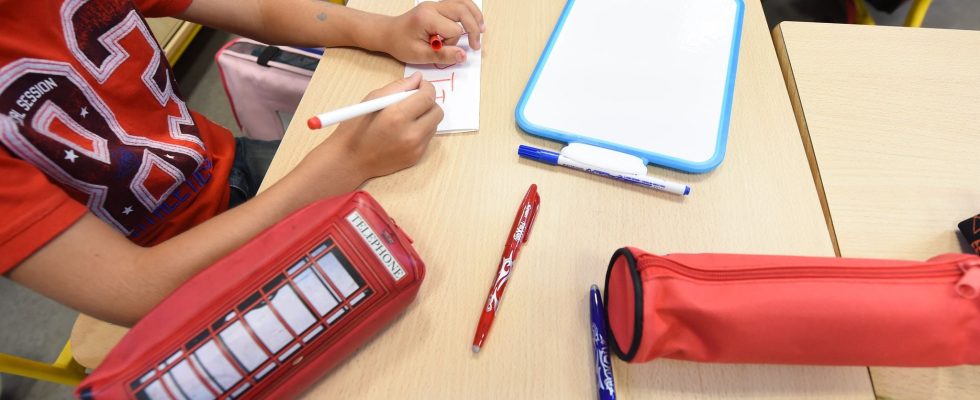Dyslexia is a specific reading learning disorder that affects between 3 and 7% of children. Described for the first time in 1896 by the English pediatrician William Pringle Morgan, it was originally understood as a disorder of a visual nature: a “congenital blindness specific to words”, not attributable to a general ophthalmological problem such as hyperopia. This conception of this disorder continued to dominate the first half of the 20th century, notably under the influence of the American physician Samuel Orton, who popularized the idea that dyslexic children saw letters inverted, distorted or out of order. A belief which remains to this day one of the main commonplaces about dyslexia.
However, we now know that confusions of symmetrical letters (b and d or p and q) are not characteristic of dyslexia: they are common among learning readers. It has also been understood since the 1970s that the frequent reading errors of dyslexic children are not due to the visual similarity between letters, but to the sonic similarity between the elementary speech sounds (phonemes) that they represent (like t and d, or k and g). Thus, we know that dyslexia is in most cases a disorder of a linguistic rather than a visual nature. Children with dyslexia have difficulty learning to read, not because they see letters poorly, but because they have difficulty conceptualizing and memorizing phonemes. This “phonological deficit” also manifests itself in the difficulty they have in rhyming or spoonerisms orally.
Despite all this knowledge accumulated over fifty years, visual theories never stop coming back. And with them, a whole procession of alleged treatments. In the 2000s, glasses and colored filters were fashionable. More recently, we have seen the emergence of fonts, lamps, glasses, subtitles and screens, all intended to make reading easier for people with dyslexia. Unfortunately, these products are most often designed by entrepreneurs who do not take the time to verify the scientific credibility of the underlying hypothesis and are released to the market before any evaluation of their effectiveness. And when this is tested, the results are not there.
No effect observed for lamps and glasses
Fonts that are supposed to help people with dyslexia have apparently failed to no effect on reading. On the other hand, “sans serif” fonts (without embellishments, like Arial) are the ones that have the best readability for everyone. And learning readers (dyslexic or not) often benefit from larger, more spaced characters. Special subtitles offered by a television channel have not been subject to any scientific evaluation, but there is no reason to expect more than suitable fonts.
As for lamps, glasses and screens, their principle is based on a single study published in 2017 by two physicists from Rennes who proposed a new retinal theory of dyslexia. This work was severely criticized and its results have never been replicated. Two studies conducted by independent researchers who tested the effects of lamps and glasses on reading found no effect.
Several works have also been carried out by manufacturers. Curiously, their results have never been published. The researchers who collaborated on these studies did so under a confidentiality clause. Two of them nevertheless responded to the English media The Transmitter. One of the scientists found no effect, but was prohibited by the manufacturer from publishing this finding. The other researcher was not allowed to see the results obtained by the manufacturer from his data. In other words, the conclusions of clinical trials are concealed when they are not sufficiently favorable to the manufacturer. Meanwhile, the distribution of these products continues with great publicity. The media which widely broadcast the news of these “innovations” also have their share of responsibility.
Families of dyslexic children, sometimes desperate to help their children after years of academic failure, are particularly vulnerable to sellers of miracle treatments. We can never say it enough: if the promises are too good, it is probably because they are false.
Franck Ramus is a researcher at the CNRS and the Ecole Normale Supérieure (Paris).
